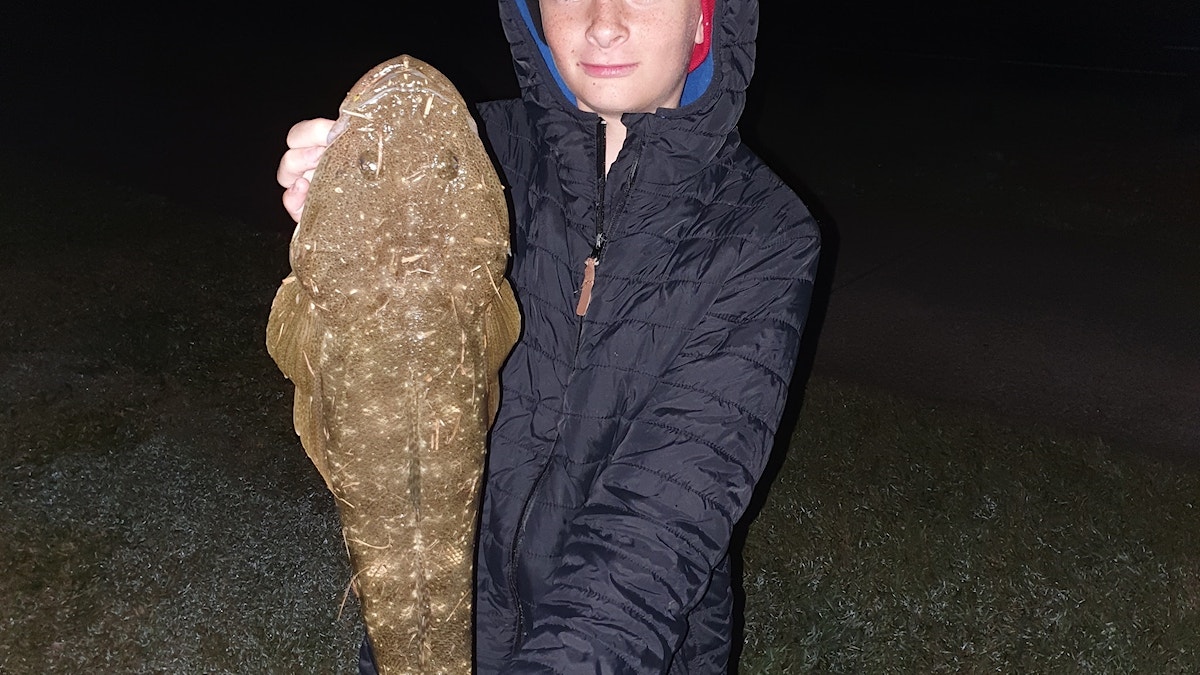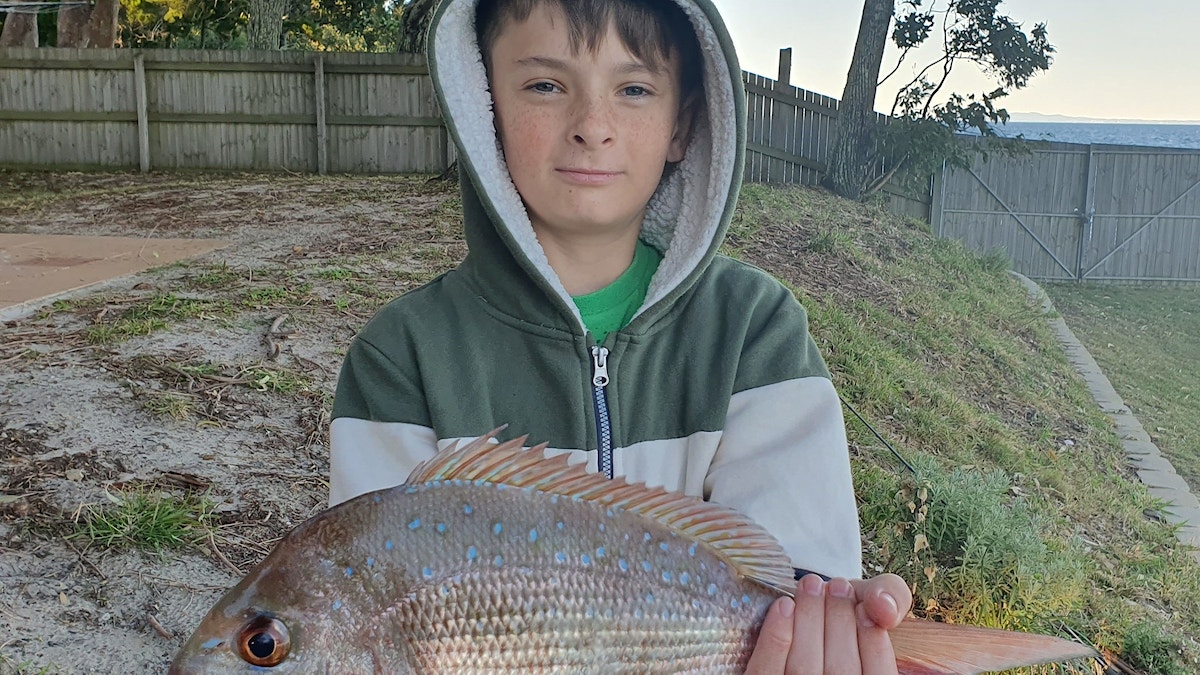
Dr Dazza: How to catch 'summer' whiting
Published 5:00am 12 August 2022

There are two species historically referred to as “summer” whiting in Moreton Bay - sand whiting and yellowfin whiting. You can distinguish sand and yellowfin whiting by the presence of a very large prominent black spot on the base of the pectoral fins of the sand whiting that is absent from the yellowfin whiting.
Yellowfin whiting are also a bit stockier than sand whiting and tend to weigh more for a given size, but they do not grow as big in length. The bag limit for whiting is a combined limit for both species of 30 due to the difficulty for an untrained eye in consistently telling the two species apart.
Most locations that I have fished extensively (except for Moreton and North Stradbroke Islands) yield both species. Key locations where sand whiting dominate are the beaches of Moreton and North Stradbroke Islands, Jumpinpin, Caloundra, Southport Broadwater, and the Nerang River. Key locations for yellowfin whiting are Sandgate, Shorncliffe, Brighton, Hays Inlet, Deception Bay, Nudgee and in and around the Brisbane River.
|On the beaches of Bribie Island, I have caught large catches that have been solely sand whiting, but after heavy rains a significant percentage of the catch can be yellowfin whiting.|
Sand whiting are distributed along the east coast from Cape York south to Tasmania, as well as Lord Howe Island and New Caledonia in the Pacific Ocean. Moreton Bay is the southernmost location where yellowfin whiting can be found in numbers, and they range north along the Queensland east coast around northern Australia and then down to Shark Bay in Western Australia. They also occur on the southern shorelines of Papua New Guinea.

What bait to use
Worms are well known as the prime bait for whiting with the Redcliffe peninsula being a great location for the collection of rock worms, wriggler worms and blood worms. Rock worms are my preference for whiting bait as they are easy to get and effective. Do not discount the humble live yabby as a whiting bait though, particularly for yellowfin whiting.
Sand whiting typically do not eat what we all use for bait! Most of the prey they eat are much smaller than our common baits. Our baits can be considered a preferred prey, but not a commonly consumed prey. Whiting use well-developed sense organs to detect very small movements of prey in and on the seabed. When you clean yellowfin whiting from places such as Sandgate and Cabbage Tree Creek, you typically find them full of very small bivalve molluscs.
Sand whiting grow rapidly, and most fish caught and retained are only three or four years of age although, like all fish species, there is variation in age at length which can be substantial. Ten years of age is about the maximum age of sand whiting in Moreton Bay.
The spawning period of sand whiting in Moreton Bay extends from September through to March, with spawning most likely occurring at the mouth of estuaries or in the surf zone. Divers at the Southport Seaway often report schools of whiting “milling around” slightly off the bottom which is consistent with spawning behaviour. From personal observation, yellowfin whiting have a similar spawning period in Moreton Bay. Yellowfin whiting are likely to spawn on the western side of Moreton Bay, although this is not known with a high degree of certainty. Both species start to show gonad development in August and spawn more than once per season. Increasing day-length rather than water temperature are likely to be the most important spawning cue.
How to catch them
When fishing for whiting, keep it simple. Use a 6lb monofilament line and a very light rod. My preferred hooks are the chemically sharpened Mustad Fine Worm or the Tru-Turn hook, both of which are commonly available. Fine Worm hooks do look brittle and are easy to bend up to a point, but they have not let me down when it has mattered. I never use long shank hooks as I do not think you need to put that extra bit of steel in the bait.
Like a lot of fishing, sinker size is critical, and you need to be thinking about whether you are using the right sinker size and keep changing it up or down if you are not catching fish. The premise is simple, use a sinker that is suitable for reaching the fish and spending as long as possible in the area where the fish are, but no heavier.
Read more fishing content

FLATHEAD are always a popular target for recreational fishers. Flathead belong to the family Platycephalidae and there are approximately 80 species known worldwide and well over half of these are known from Australia.

Snapper are one of the most iconic and best known Australian fish species. They are a member of the sparid family of fish which includes yellowfin bream and tarwhine.
Related Stories
Top Stories

Info sessions for North Pine dam
Drop-in community sessions are being held over the next nine days for those wanting more information about Seqwater’s dam improvement program.


Popular Stories

Moreton Bay artists shine in 2024 Brisbane Portrait Prize
Four Moreton Bay artists are among the 64 finalists chosen from almost 600 entries in this year’s Brisbane Portrait Prize. See their works...

'Priority' given for Waraba plans
Waraba, formerly known as Caboolture West, will be the 36th Priority Development Area in Queensland, unlocking land for 30,000 new homes and an estimated 70,000 new residents.

Trai Fuller: ‘It’s always felt like home’
Praised by Wayne Bennett for his courageous style of play and loved by long-time Dolphins fans, Trai Fuller has locked in a two-year deal with the club he calls home. He tells us why it means so much to him













